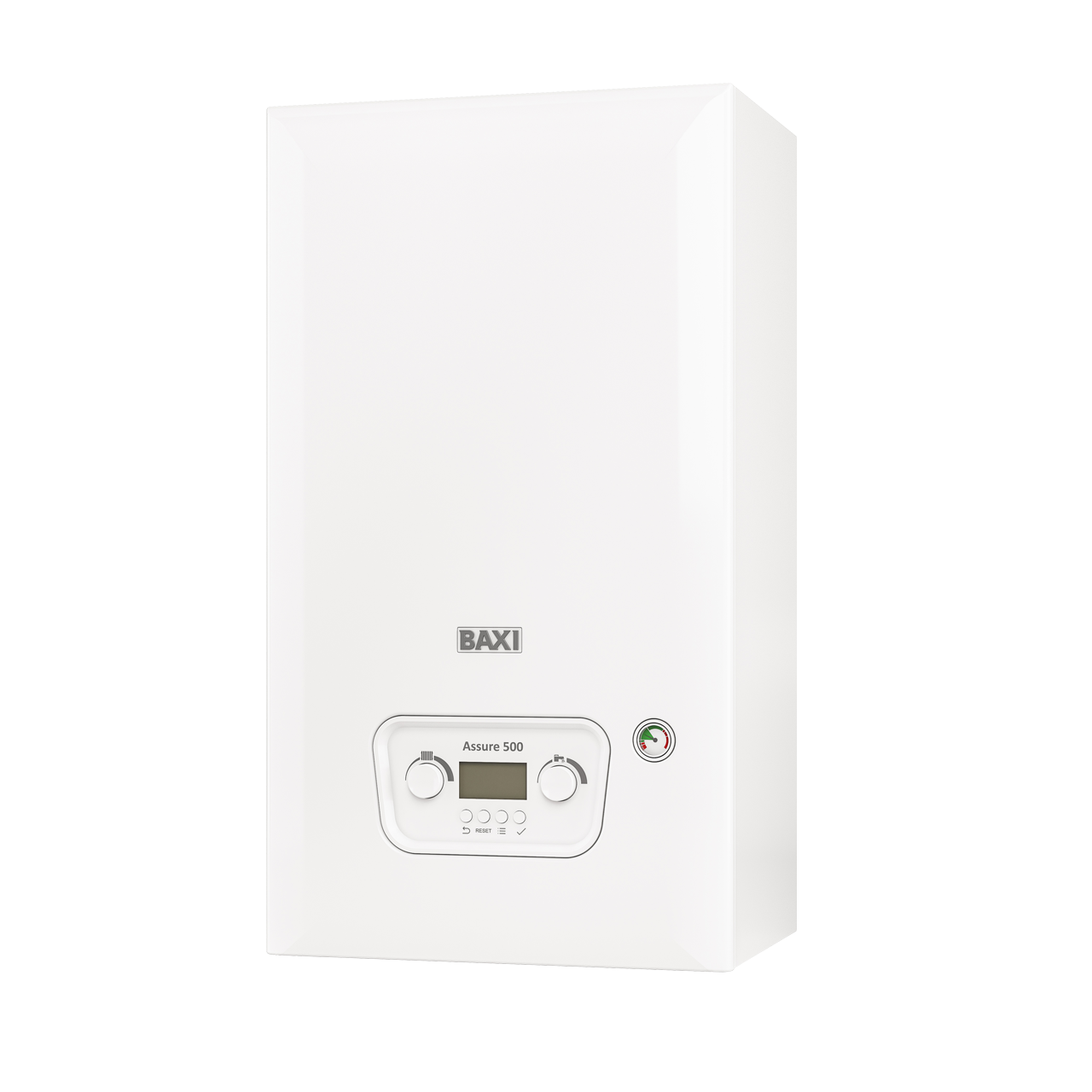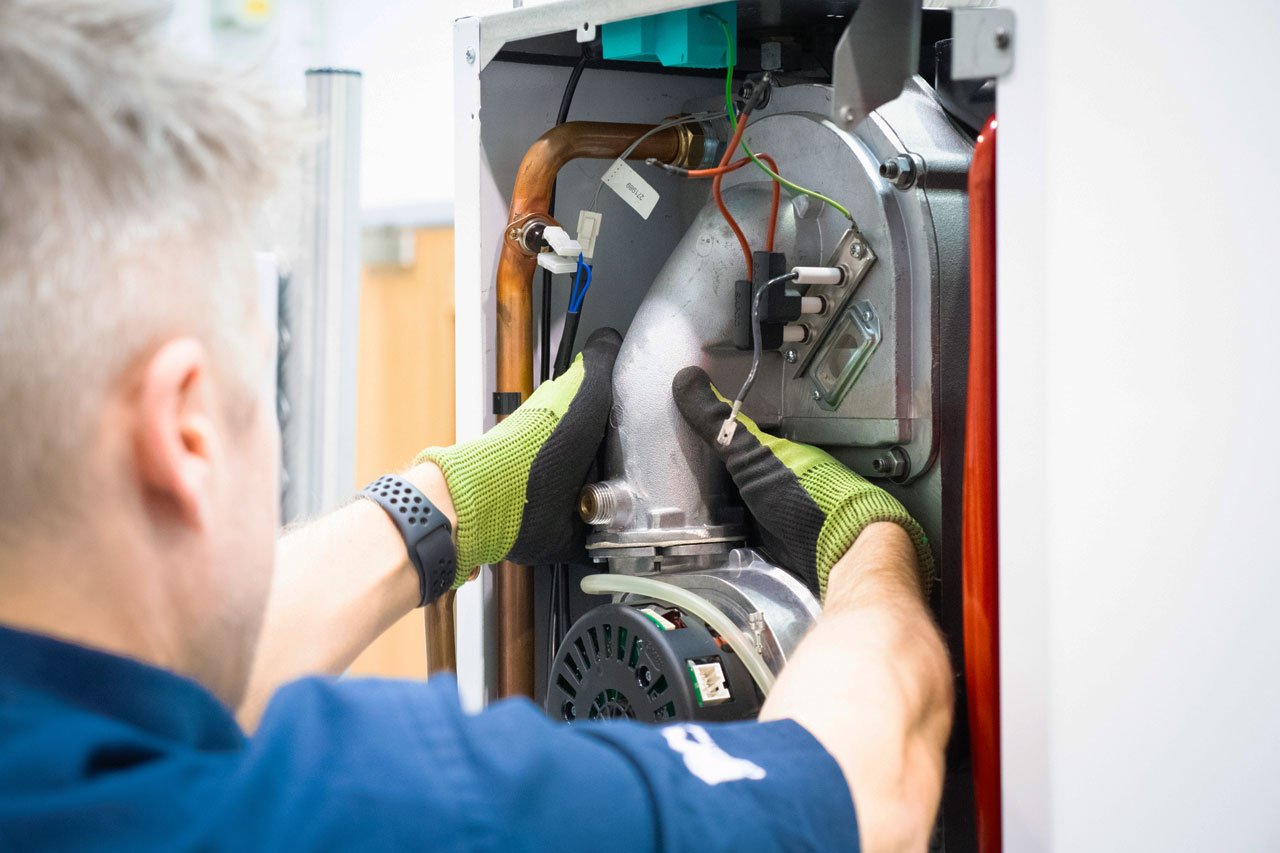What is a Heat Network?
A heat network is a distribution system that takes heat from a central source and supplies it to an end user. It can be as small as two separate end users, or as large as an entire city. The heat source could be dedicated to generating heat for the network or heat recovered from industrial or natural sources.
There are three main types of Heat Networks.
1. District Heat Network - defined as a heat network that serves more than one building (building owners are not necessarily the asset owners).
2. Communal Heat Network - defined as a heat network that serves a single building, with more than one customer (the building does not need to contain the plant).
3. Campus heating - an important subcategory of District Heating where both the Energy Centre and connected buildings have the same owner, e.g. MOD Camps, large hospitals, university campus.
Take a look at Baxi's AquaHeat HIU
For homes fed with heat from a heat network, the Baxi AquaHeat is the answer to your apartment’s heating and hot water requirements. Perfectly suited to supply heat to communal and commercial premises in your development.




